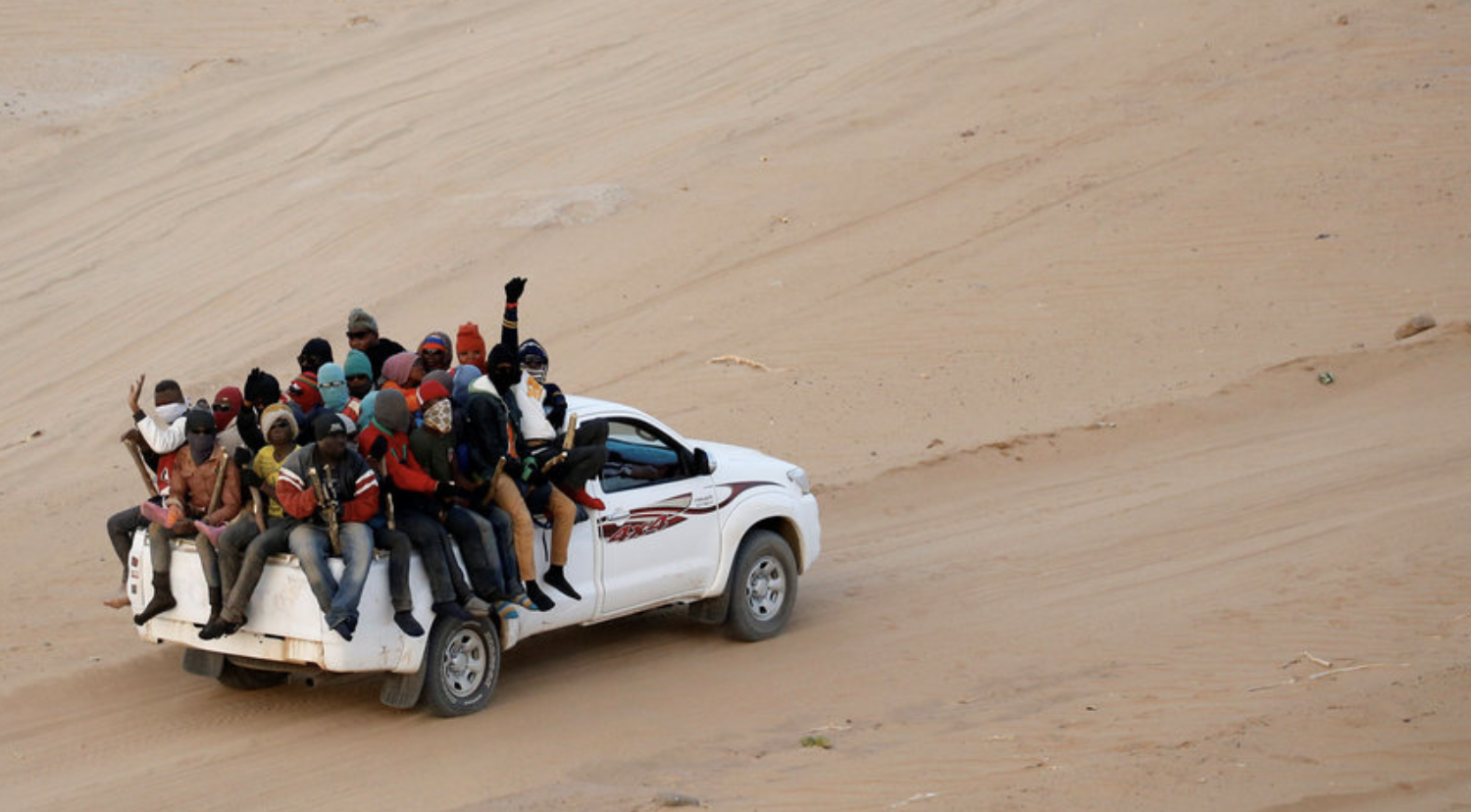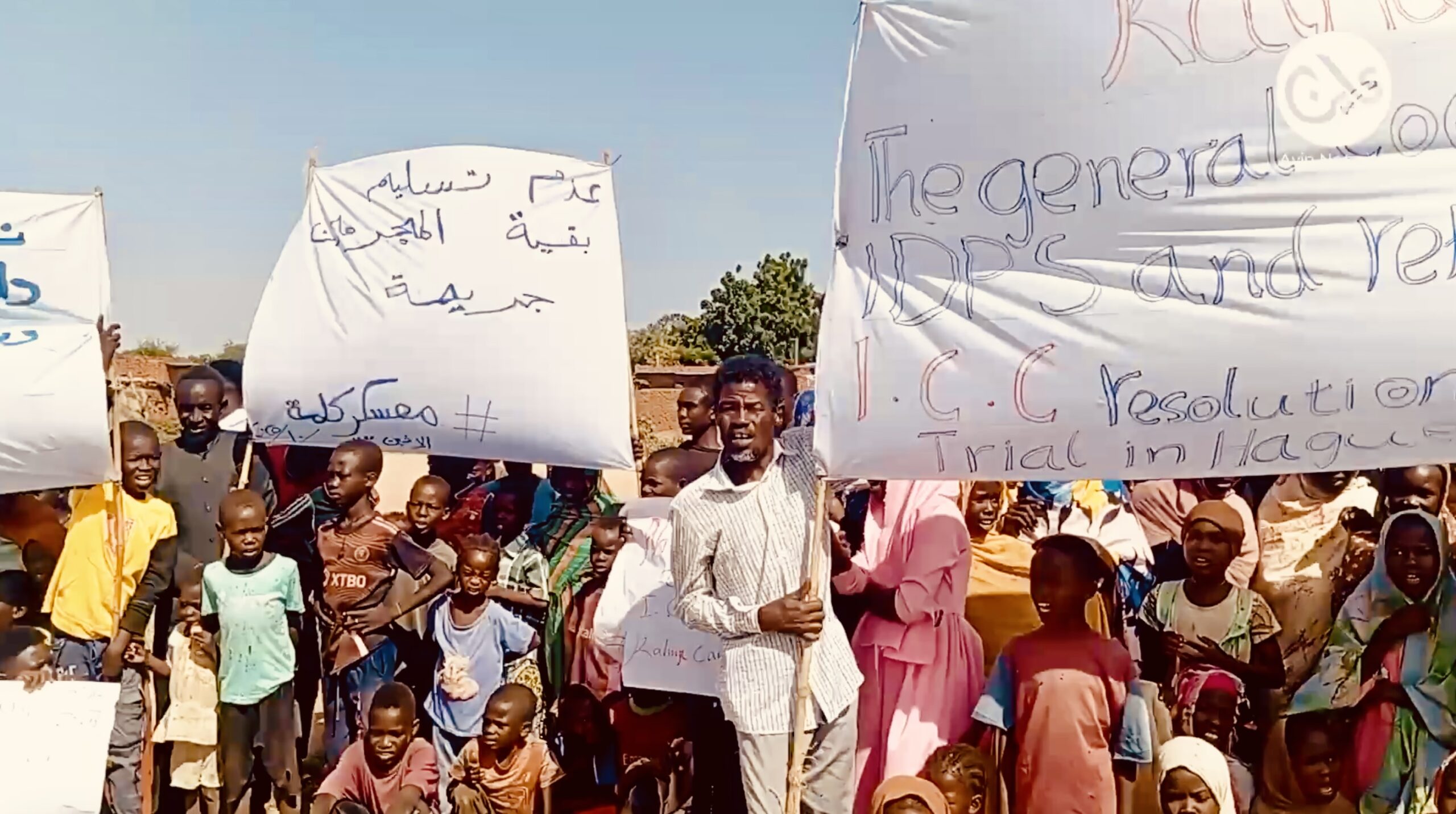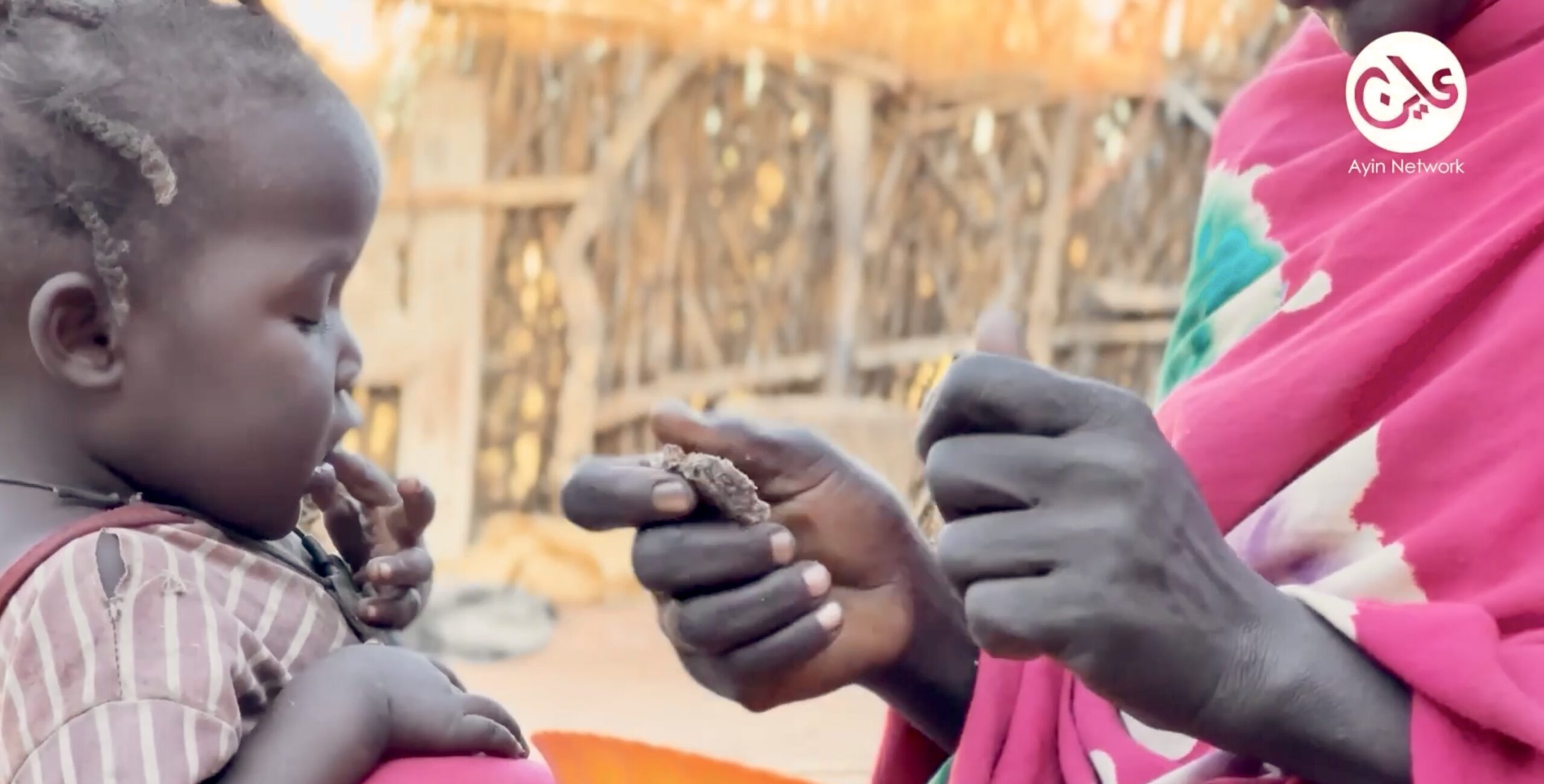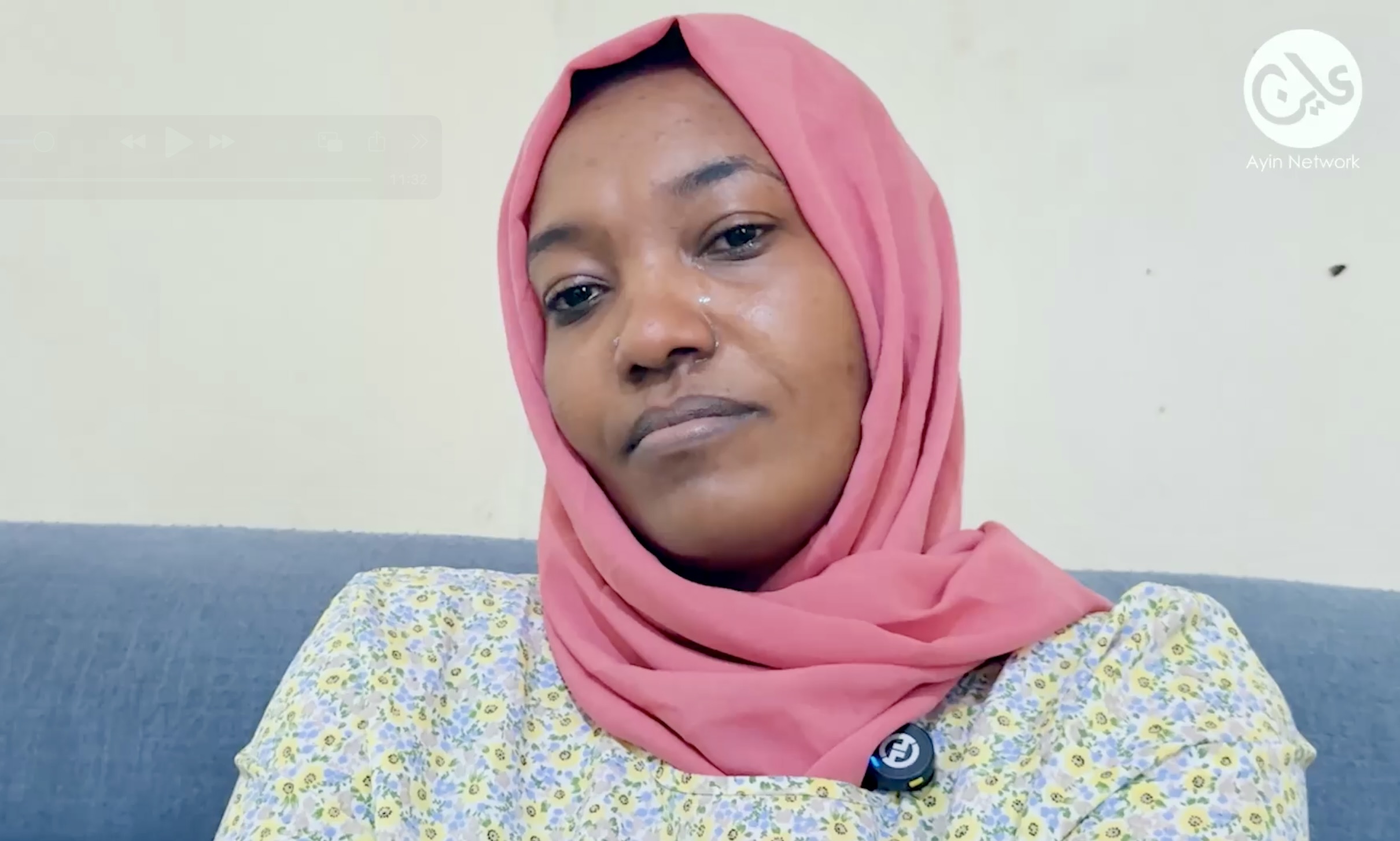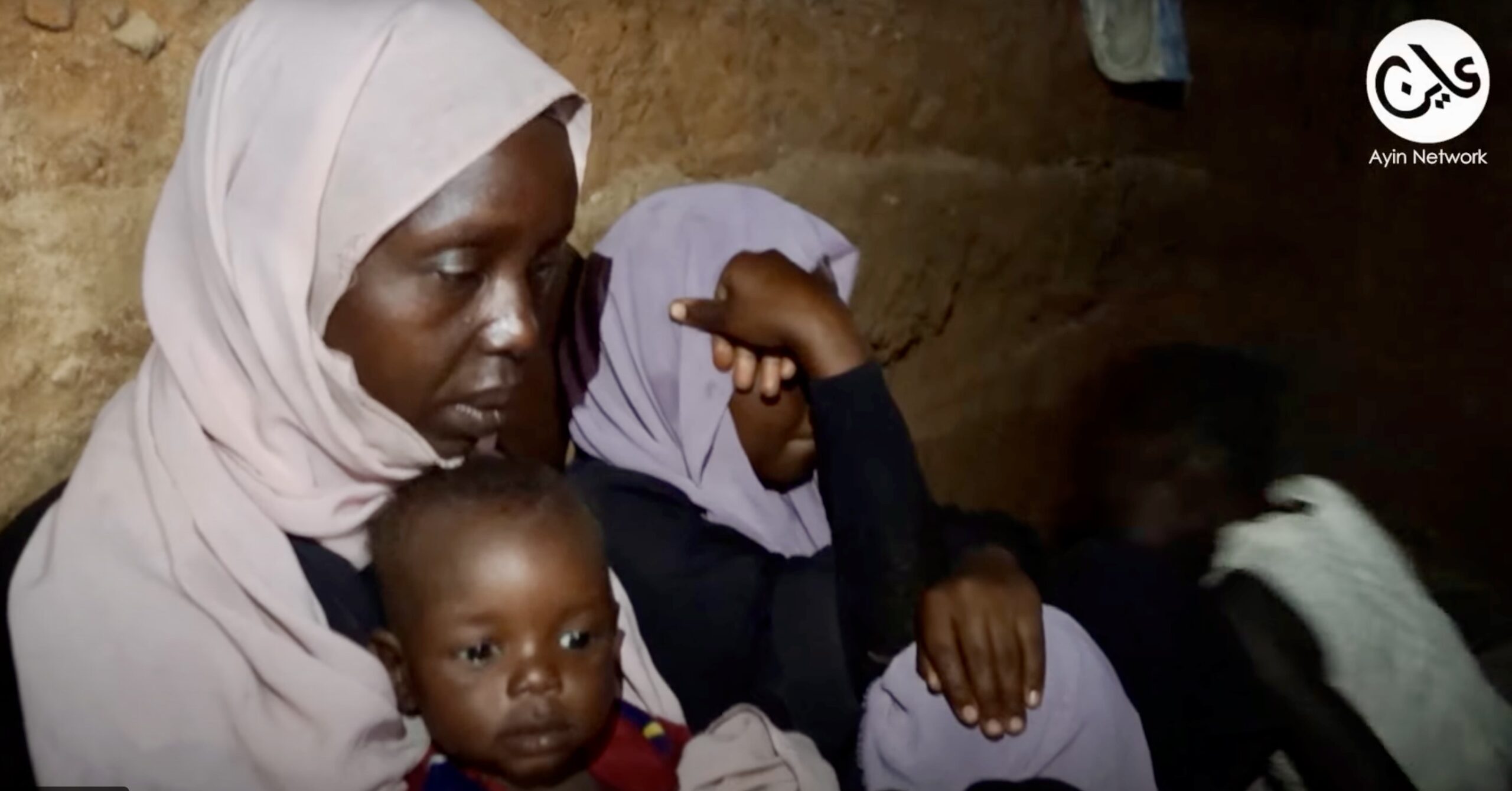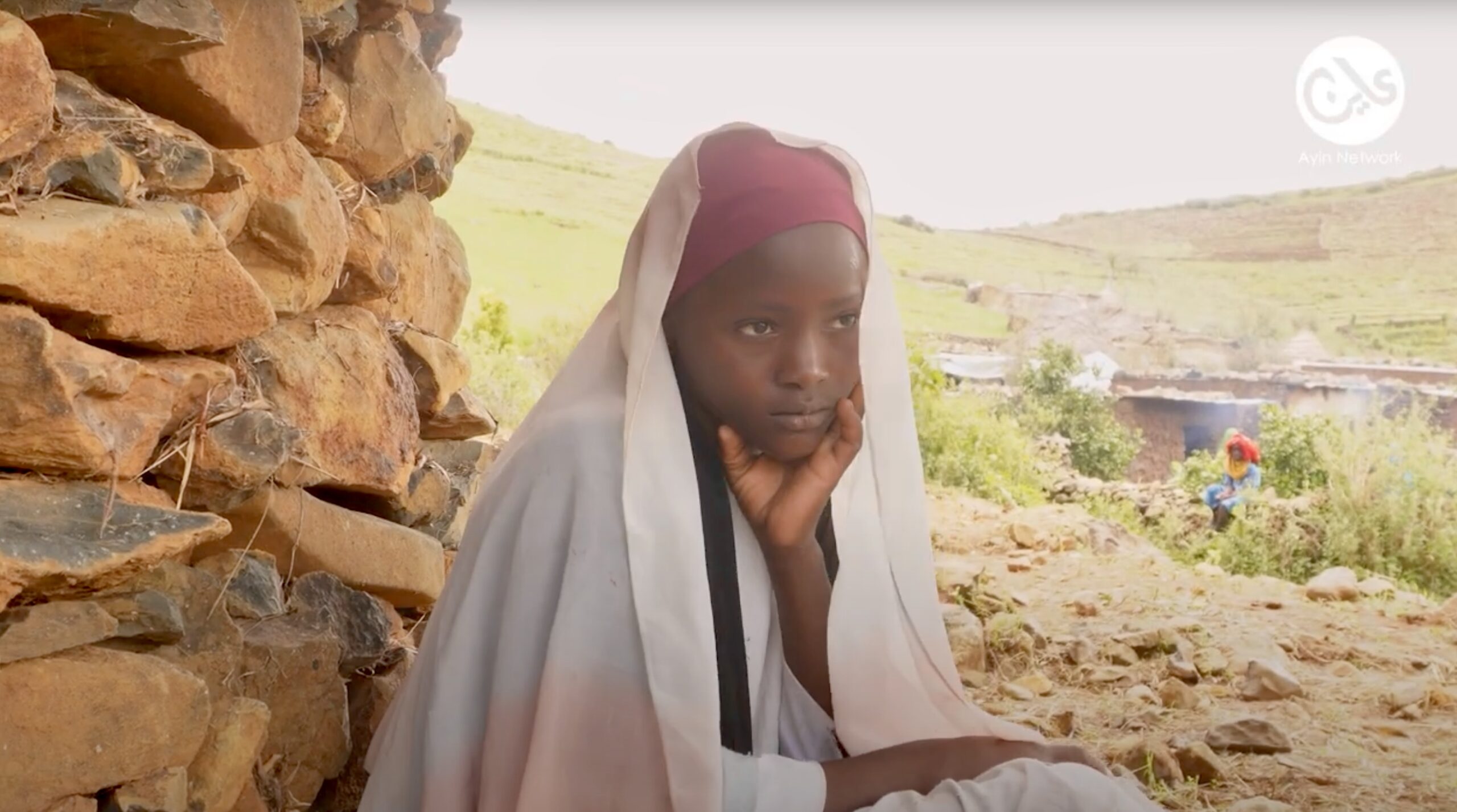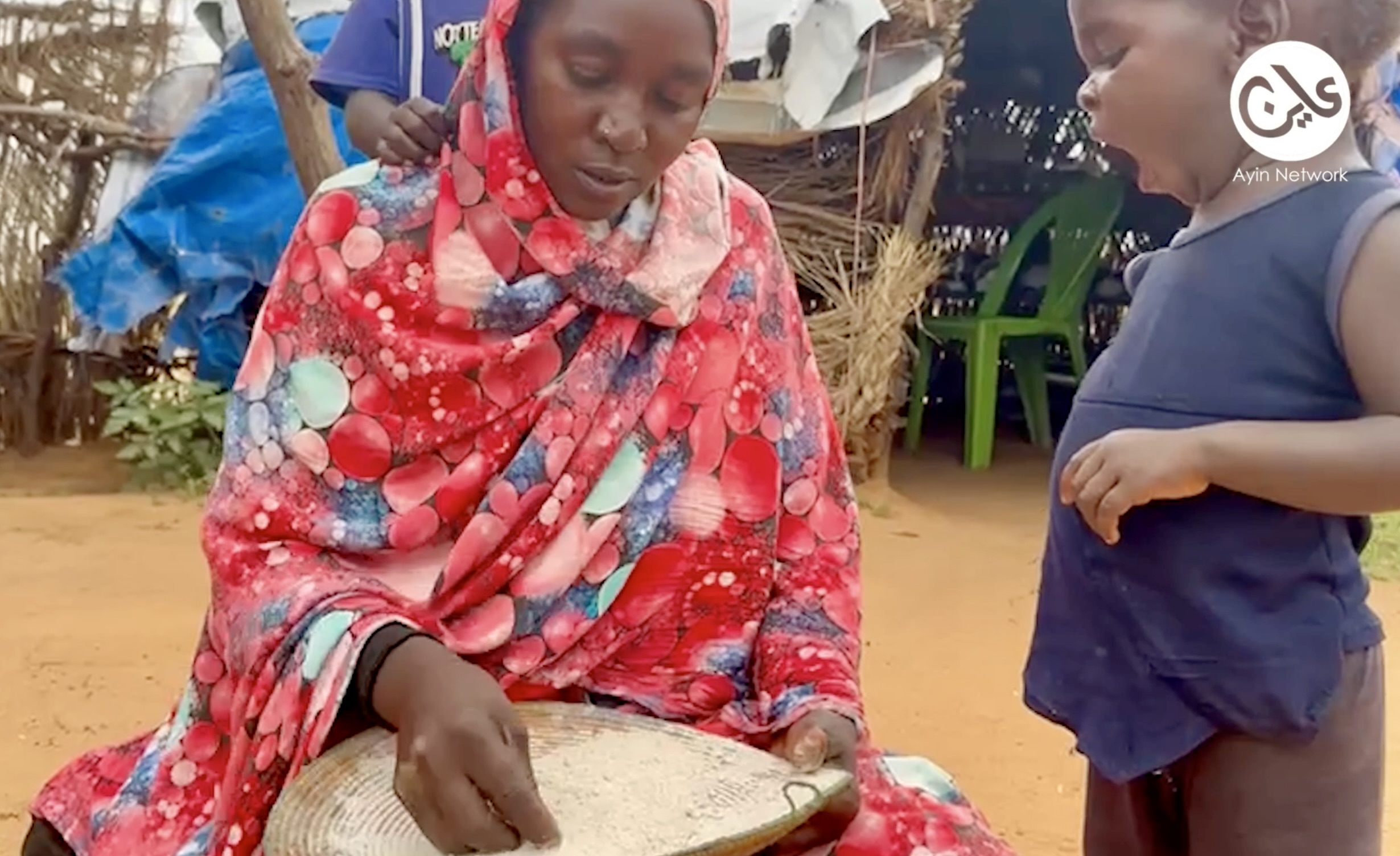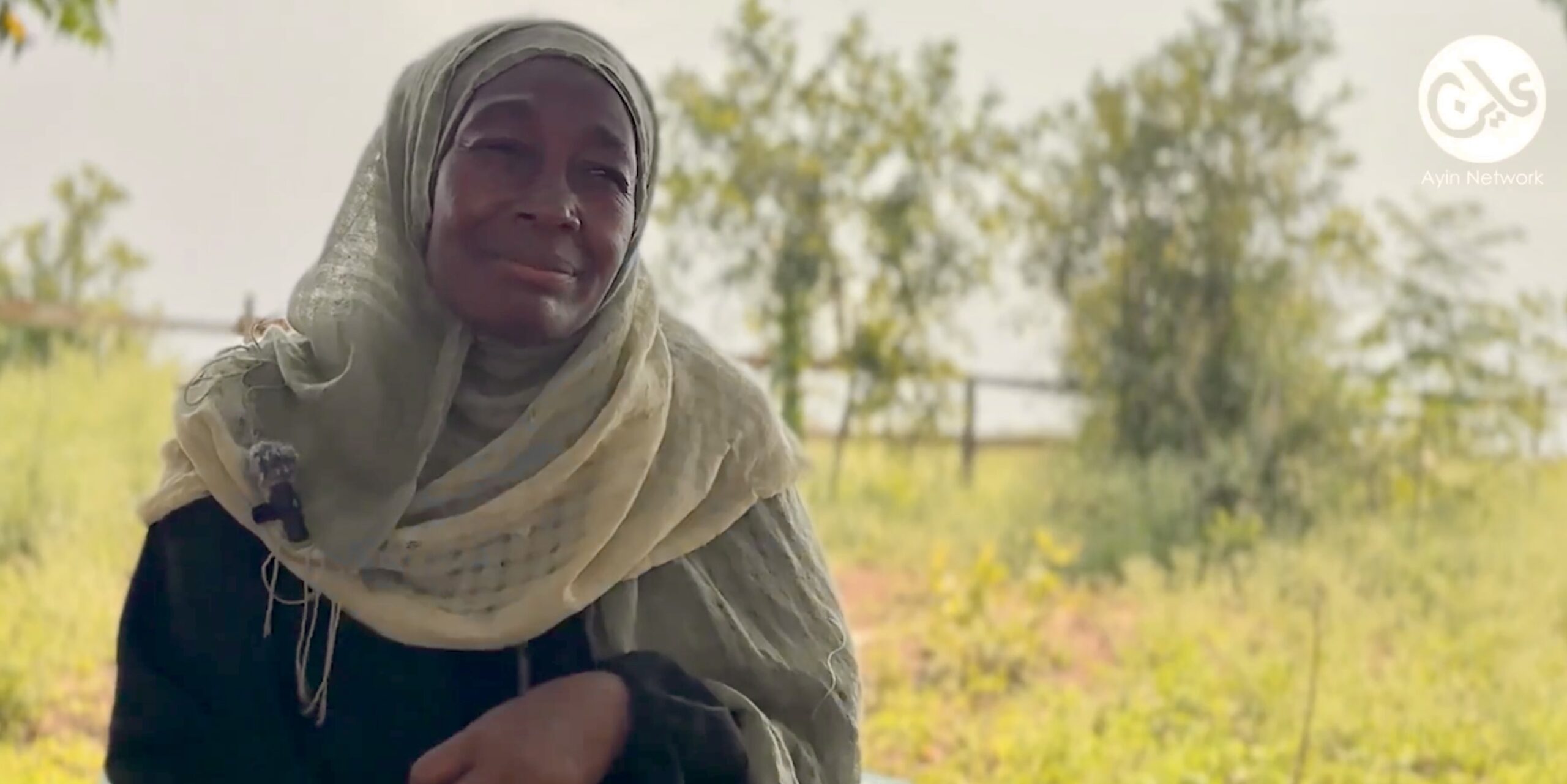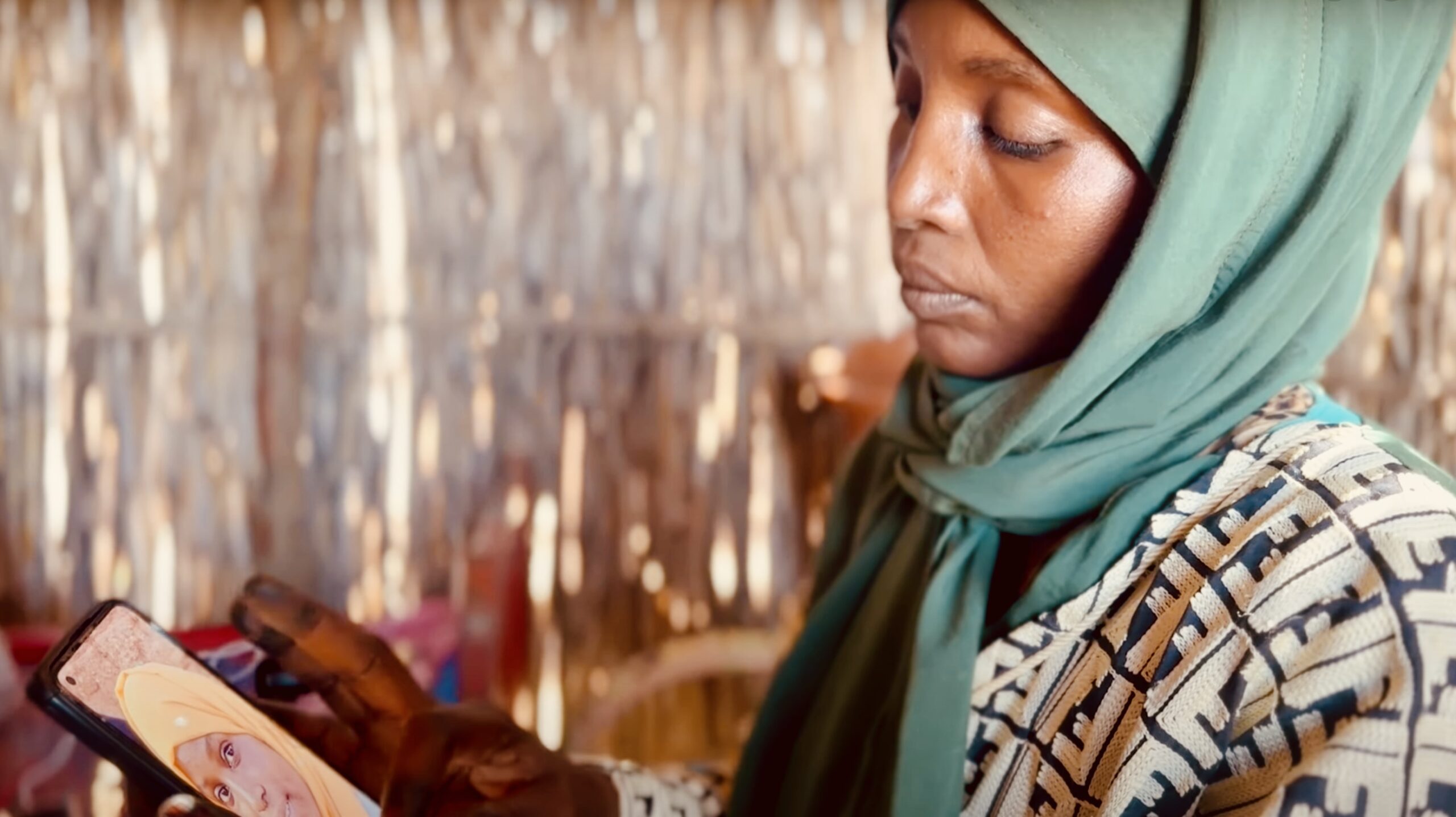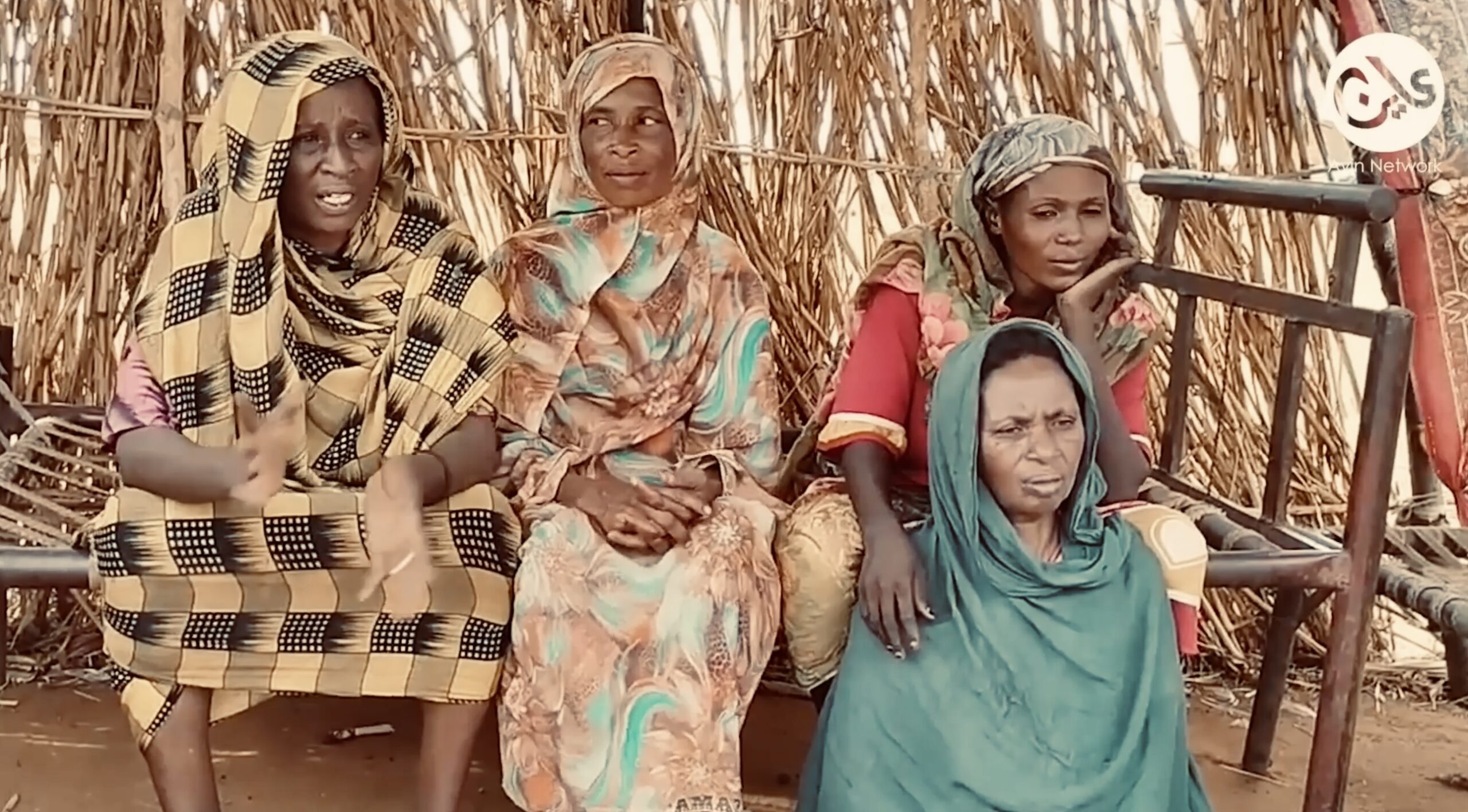Drought or drowned: Sudanese continue the risky journey to Libya, Europe
9 May 2024
With residents of El Fasher and its surrounding areas under siege, those who have the means are fleeing the area to make the perilous journey to Libya and beyond.
The paramilitary Rapid Support Forces (RSF) and allied militia have targeted civilians in the El Fasher area on land while the army has indiscriminately bombed in the air. Roughly a third of the city’s residents are displaced from other areas of Darfur. Some are now planning to relocate again, having given up any hope for security in their homeland.
For about two months, Hussein Jumaa has been waiting in North Darfur State for any news from his brother, Ahmed, who fled with his family to Libya in search of a better life. His brother Ahmed told Hussein Jumaa he would contact him once he and his family of seven, mostly children, reached Tripoli, the capital of Libya. Until now, there has been no communication, and Jumaa is worried. Jumaa is well aware of the risks they face on this smuggling journey. “I am waiting for the arrival of my brother’s family to the city of Tripoli so that I can prepare to join them,” he explained to Ayin. “We were waiting for the war to stop, but the escalating war rhetoric from both sides suggests its continuation for a while longer.”
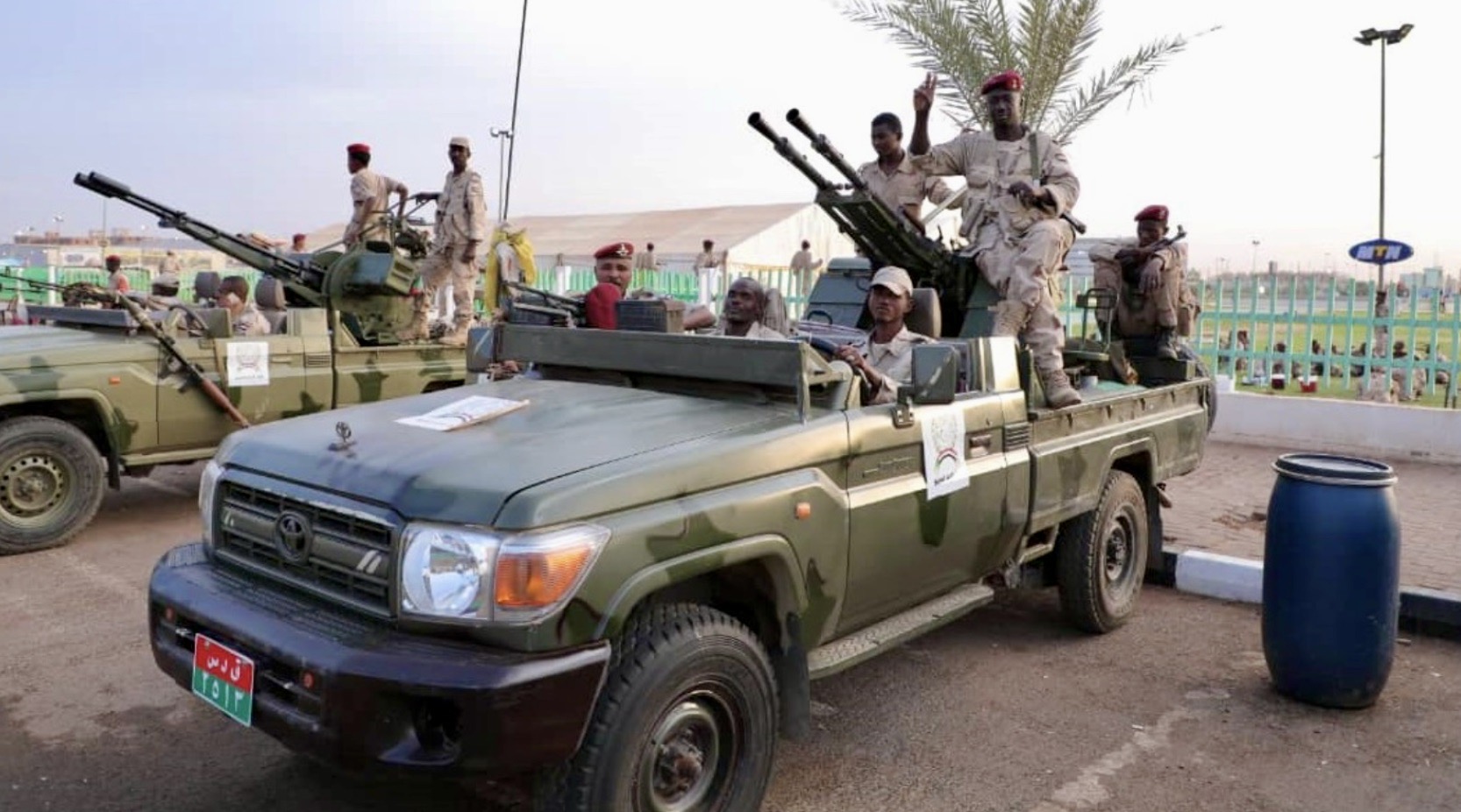
For over a year, a war of political and economic dominance between Sudan’s army and the RSF has taken place, compelling over 10 million people to seek refuge either within or outside of the country. Many from the conflict-affected areas of Darfur and South Kordofan are making the arduous journey to Libya; a historical route used for smuggling and human trafficking. “This route is used not only by the Sudanese but also by various populations like Ethiopians and Eritreans fleeing crises in their countries; it is one of the most dangerous routes,” Marwa Mohamed, Head of Advocacy and Outreach at Lawyers for Justice in Libya, told Ayin.
Despite the dangers, more and more El-Fasher residents are risking their lives to make the journey. “We are arranging around 8–9 trips per week to the triangle area (a border area between Libya, Sudan, and Chad) – instead of two per week in the past,” says Mohammed Zakaria, a travel coordinator in El-Fasher. The number of departures has tripled since January, and ticket prices have doubled due to the high demand, Zakaria added.
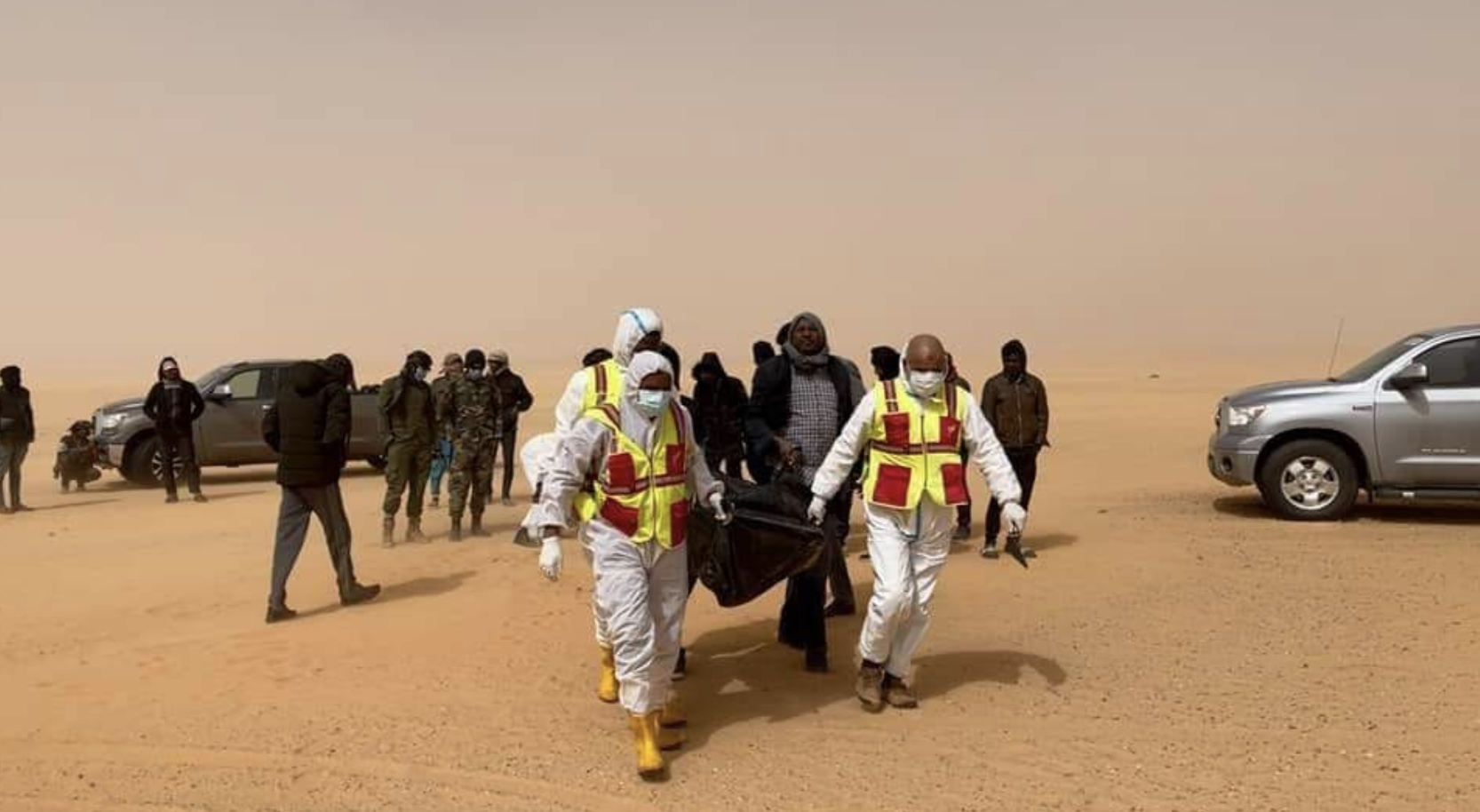
Travel trepidations
Abdulaziz Muhammad used to work as a teacher in Nyala before the war broke out. His salary was immediately cut after the outbreak of conflict and after waiting several months in vain, hoping the warring parties would reconcile, Muhammad decided to leave for Libya. The journey to Libya’s capital took a month after he paid all the money he had saved. None of the Sudanese who decided to flee in smuggling trucks knew what would happen during the trip or how it would end, he told Ayin.
“The real journey of terror began from the triangle area (a border area between Sudan, Libya, and Chad),” Muhammad told Ayin, adding that he faced death several times before reaching the Libyan city of Kulfra. Muhammad arrived in Kulfra with 15 other Sudanese families, where they soon found themselves detained under house arrest by a human trafficking gang in cooperation with the smugglers who brought them there. Muhammad and the others were placed in what they called “deposit centres”—a large warehouse on a farm. “It was a crowded place with no amenities, not suitable for human residence at all,” Muhmmad said. He and the other Sudanese remained in this detention area before being handed over to another smuggler, who took them to their final destination, Tripoli.
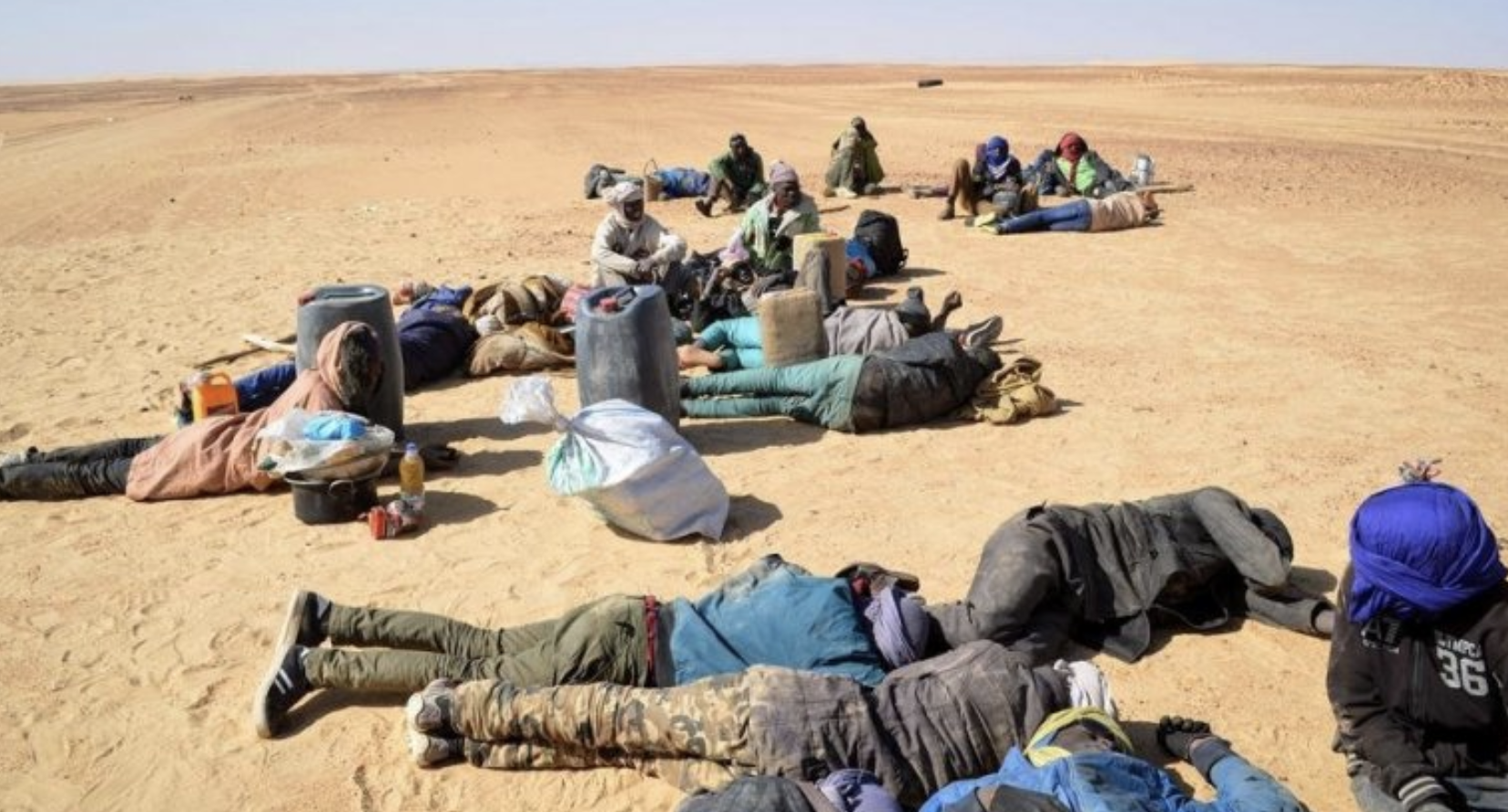
In some cases, Sudanese migrants do not even make it to Libya’s cities. “We were completely prepared for death,” Idris Al-Nur, 20 years old, told Ayin in September 2022. Al-Nur had decided to travel from Khartoum to Libya and, from there, Italy, using smugglers in North Darfur State. But while traversing sand dunes towards Libya, their Libyan driver ordered them out of the car, saying he needed to collect more fuel, Al-Nur said. He never came back. Al-Nur and 32 others remained stranded in the desert with no water. “It was a terrifying moment as you watched those dying around you and you could not offer them anything. What is worse is that you are waiting for the same fate.” Eventually, an RSF vehicle found them and took them out of the desert. Only six of them survived, including Al-Nur, out of 32 migrants.
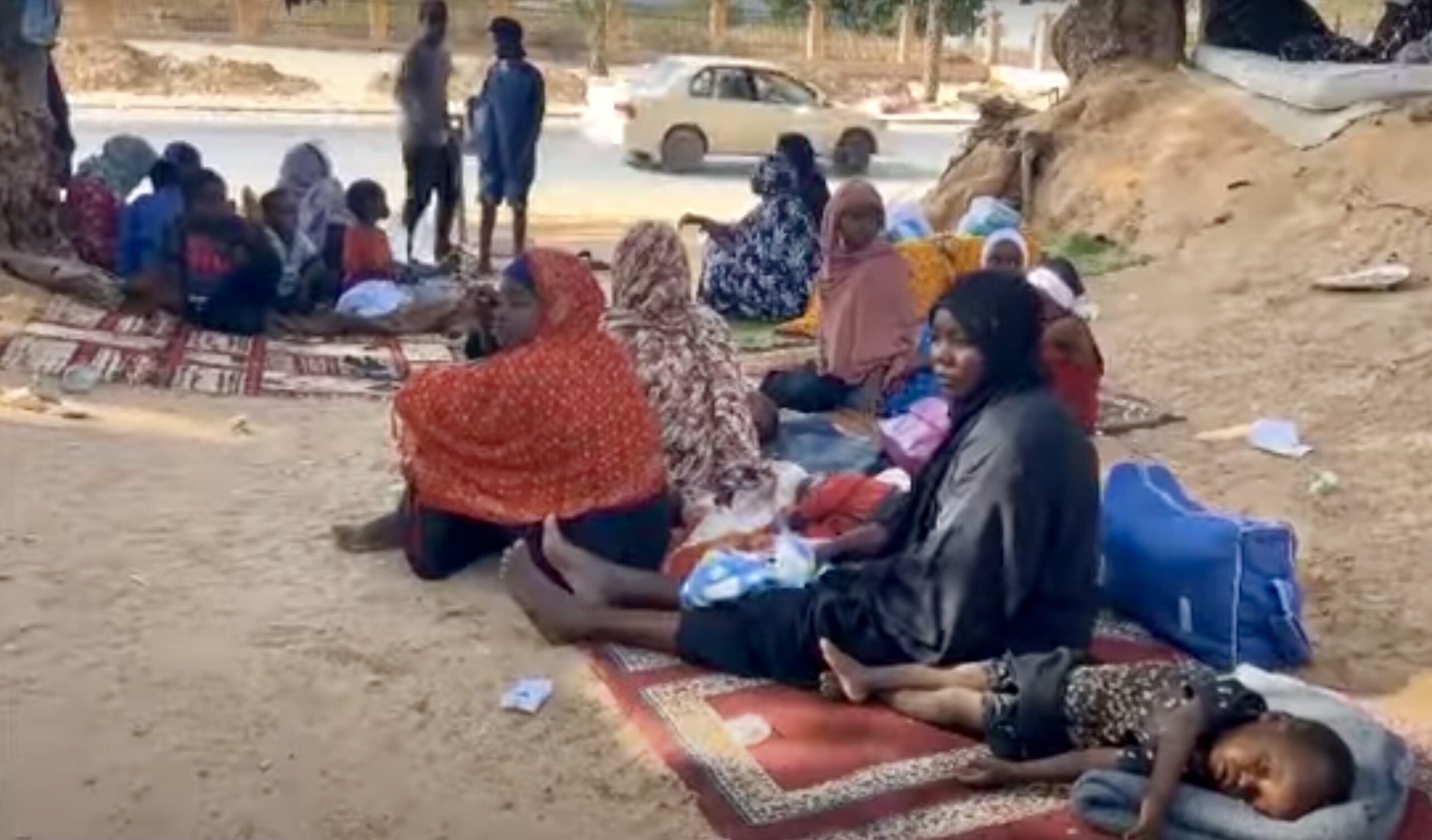
Libya, popular despite the risks
The International Organization for Migration (IOM) estimates the number of Sudanese refugees in Libya is around 125,363 migrants, with 6,000 having arrived in Libya since the beginning of the war. However, other figures from Sudanese and Libyan organisations suggest that up to 31,000 Sudanese migrants entered Libya by the end of January.
By the end of March 2024, the UN refugee agency (UNHCR) registered over 15,000 Sudanese who arrived in Libya on or after 15 April 2023.This accounts for about a third of the registered asylum seekers from across Africa. “Sudanese are from the few recognised populations that the Libyan state recognises as refugees, which guarantees that there’s no forced return,” Marwa Mohamed said. “But the Libyan state doesn’t offer them protection on the ground, and they remain undocumented.” Without any state protection, Mohamed adds, the Sudanese are at risk of exploitation, which can include forced labour, torture, and held in overcrowded detention centres.”
Sudanese continue to come despite the harsh conditions in Libya, says Mohammed Awad Al-Karim, a former official in the Sudanese community office in Libya. Many Sudanese who come to Libya end up working as temporary labourers “in factories and stores alongside construction workers, with modest wages that do not enable them to build a future. Thousands of Sudanese consider Libya a transit point to European countries, especially from the Darfur region,” Awad al-Karim told Ayin.
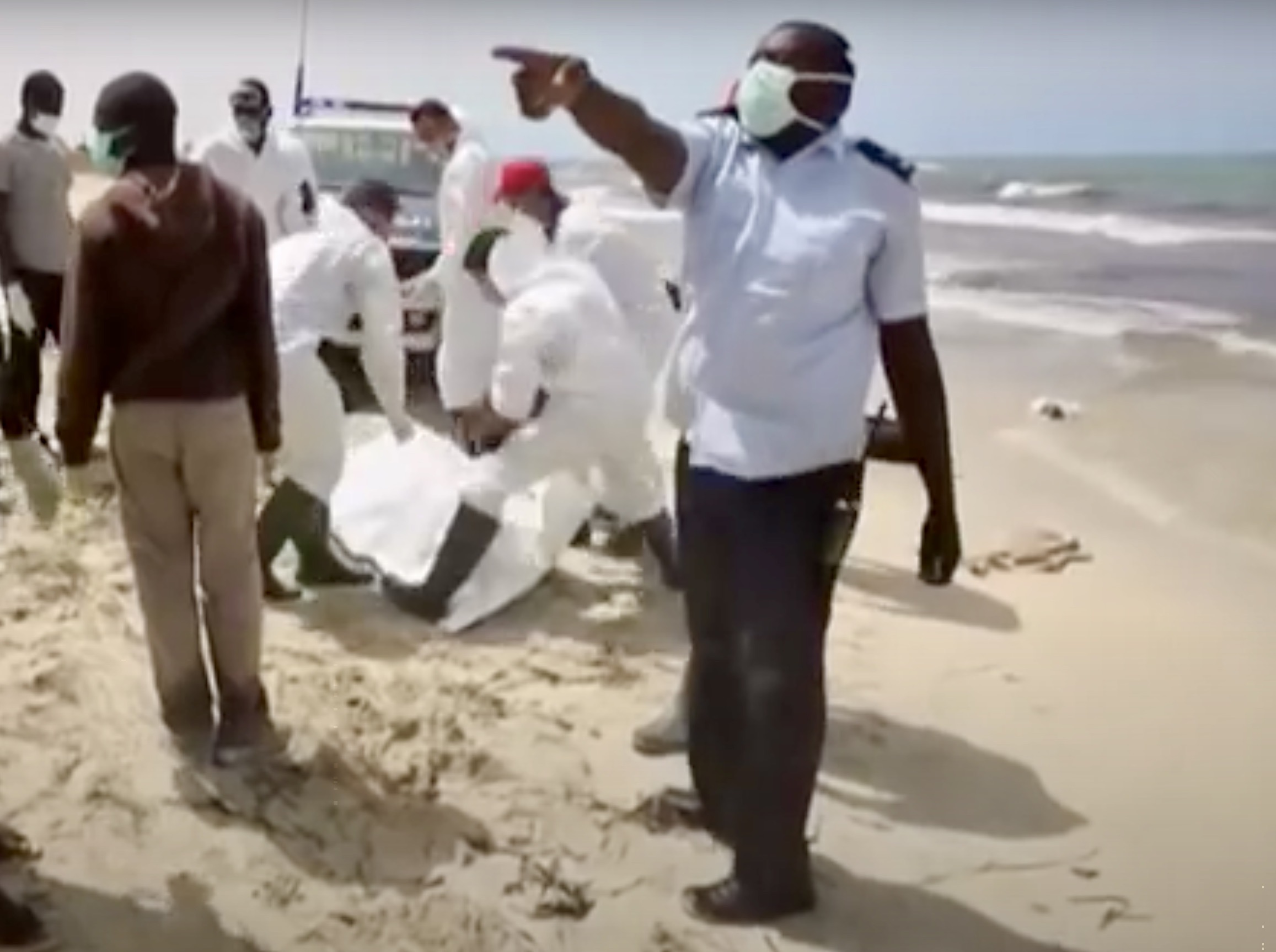
Funded Interceptions
Since 2014, the European Union (EU) has held an agreement with the Sudanese government during the regime of former dictator Omar al-Bashir to train security forces, including the RSF, to stop the flow of immigrants from Sudan to Europe.
The European Union has also funded the Libyan coast guard since 2015 as part of their efforts to stem the flow of migrants from the North African country towards Italian shores. As part of the deal, the coast guard has intercepted migrants in Libyan and international waters and has returned them to Libya.” Those who are intercepted return to a very dire situation in Libya,” Marwa told Ayin.
Despite these efforts, roughly six thousand Sudanese refugees arrived in Italy in 2023. “It’s a one-way flow from the southern to the northern borders; once you reach the northern borders, you cannot change your mind,” Marwa told Ayin. “There’s no way back, especially with the increase in interceptions by the Libyan coast guard.”
And there is no guarantee migrants from Libya will ever make it to the northern borders. On 14 March, 60 African migrants, including Sudanese, drowned after attempting to cross the Mediterranean ocean from Zawiya, Libya, to Italy, the charity rescue group, SOS Mediterranee, reported. The charity complains that Italy’s right-wing government is obstructing their rescue activities, forcing them to travel to distant ports to disembark migrants and often impounding their ships, temporarily blocking their operations. Italy’s far-right prime minister, Giorgia Meloni, won elections in 2022 after vowing to stop illegal immigration. A month earlier, in February, 13 Sudanese died while 27 remained missing after their boat sank off the coast of Tunisia.
Despite the extreme risks, many in Darfur feel travelling to Libya and then to Europe is the only option. Ahmed Hussein* lives in the RSF-controlled city Zalingei, the capital of Central Darfur State. As a member of one of the African ethnic communities and not one of the RSF-aligned Arab pastoralist groups, Hussein and his family feel they could be targeted at any time. Hussein plans to leave Sudan as soon as fiscally possible, despite the risks. “I’m well aware of the dangers of the journey to Europe through Libya, but if I survive, it could mean a better future for me and my family,” he told Ayin. “It’s better to risk death with this attempt than to slowly perish in Darfur under these dire conditions.”
* Name changed to protect his identity




